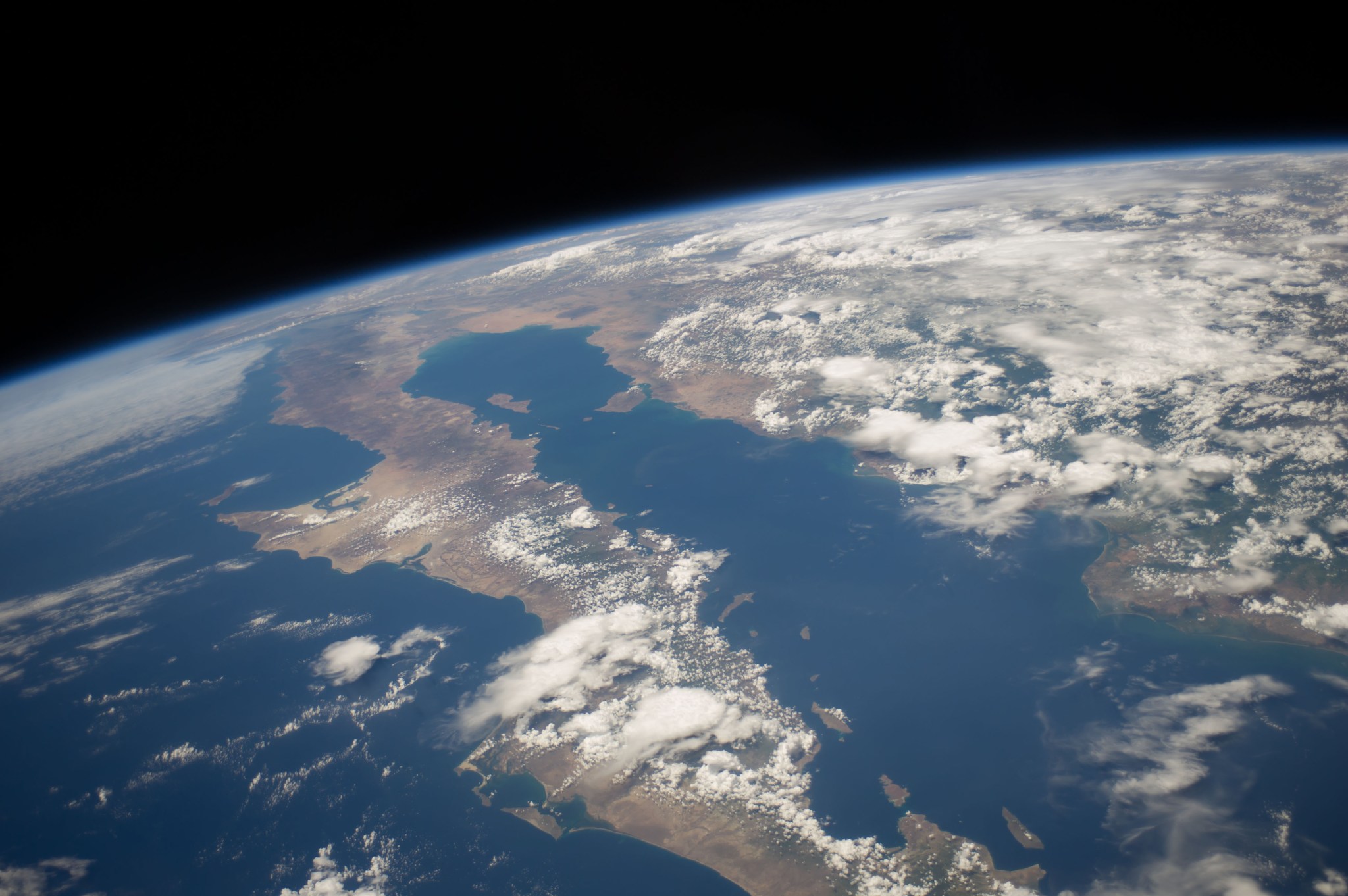Friday, Feb. 14, 2003 – 6 p.m. CST
Lyndon B. Johnson Space Center, Houston, Texas
The search continued for debris from Columbia, though efforts were hampered by rain in parts of East Texas. More rain was forecast for the area. As of early Friday, the westward boundary of the debris field remained just west of the Fort Worth, Texas area. Still, teams continued to investigate reports of debris as far west as California.
The Federal Emergency Management Agency reported that the Shuttle debris recovery operations were proceeding well. FEMA said 74 percent of sites in Texas and 89 percent of sites in Louisiana had been cleared.
About 400 Forest Service searchers were expected to join the effort by Monday, and that number was expected to increase to 2,000 by Feb. 20, FEMA said. Other federal, state and local emergency workers supported Shuttle disaster operations. Twenty-four of them worked in searches outside Texas and Louisiana.
Navy divers and their equipment were at Toledo Bend Reservoir on the Sabine River, which separates Texas and Louisiana. The Navy had taken control of water recovery operations and was expected to focus first on Toledo Bend and then on other lakes in the affected area. Water searches were expected to take about 45 days.
Members of the Columbia Accident Investigation Board flew to Marshall Space Flight Center in Huntsville, Ala., this morning after two days at Kennedy Space Center. The trip was designed to familiarize members with operations at the two NASA centers. In addition, members on Saturday were to visit the Michoud Operations facility near New Orleans, where shuttle external tanks are fabricated. The board planned to return to Houston Saturday night.
For more information about NASA on the Internet, see: www.nasa.gov



























